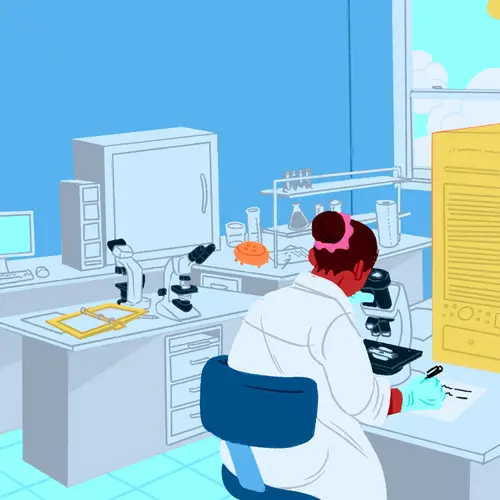An aneurysm is an enlarged part of a blood vessel. They’re important to discover, because they may become larger over time. That growth increases the chance that the blood vessel will burst.
To figure out if what you’re feeling is an aneurysm, your doctor will ask you questions, including whether another member of your family has had one. Then, they’ll give you a complete exam, during which they’ll:
- Listen to your heart
- Check your blood pressure
- Listen to the arteries in your neck
- Feel your abdomen for a mass
- Look behind the knee for popliteal aneurysms
If your doctor thinks you have an aneurysm in your aorta, the main artery in your body, you may get an ultrasound test so they can see if there is one. This is painless and can pinpoint and measure an aneurysm. If they think one is in your chest, you might get a CT scan to look at it more closely.
If your doctor is concerned that you have one in your brain, you may get a CT scan or an invasive test called an angiogram. During this, dye is injected into an artery in an arm or leg and travels to your brain. A picture of your brain is then taken. The dye will make it easier for your doctor to see any problems.
An MRI can also be used to check your aorta or blood vessels in your brain.
Treatments
The only way to get rid of an aneurysm is to have it repaired with surgery or an endovascular procedure.
Sometimes surgery isn’t possible, or it may pose more danger than the aneurysm. Careful monitoring and medication may be best in that case.
Conventional Medicine
Your doctor will figure out the size, type, and location of the aneurysm. What they find will help determine your best treatment.
For inoperable aneurysms, you may be prescribed drugs to lower your blood pressure or ease the force of your heart's beating. Your chance of it bursting will go down.
Even for an operable aneurysm, your doctor may first try medication and a wait-and-see approach, with tests every now and then to track its growth.
You may need surgery if your doctor finds that the aneurysm has become big enough to be dangerous. A surgeon can treat it by inserting a clip that cuts off blood flow to the affected area.
In some cases, the aneurysm can be removed. That section of artery can be replaced with a synthetic graft.
How Can I Prevent One?
The most important thing you can do to prevent aneurysms is to control your blood pressure.
If you have a family history of stroke or heart disease, make changes in your diet and lifestyle to improve your health.
- Exercise regularly.
- Watch what you eat.
- If you smoke, stop.

